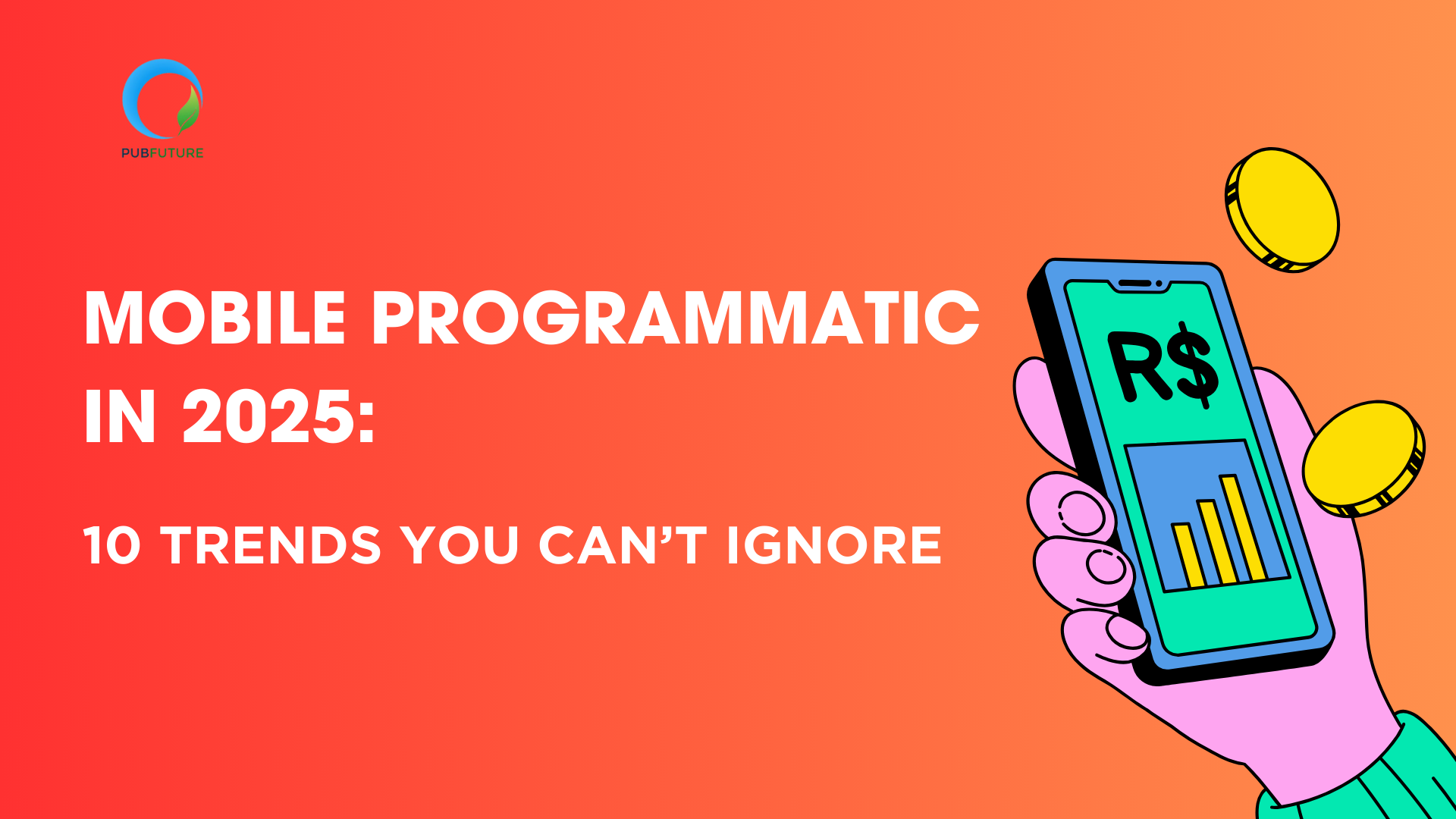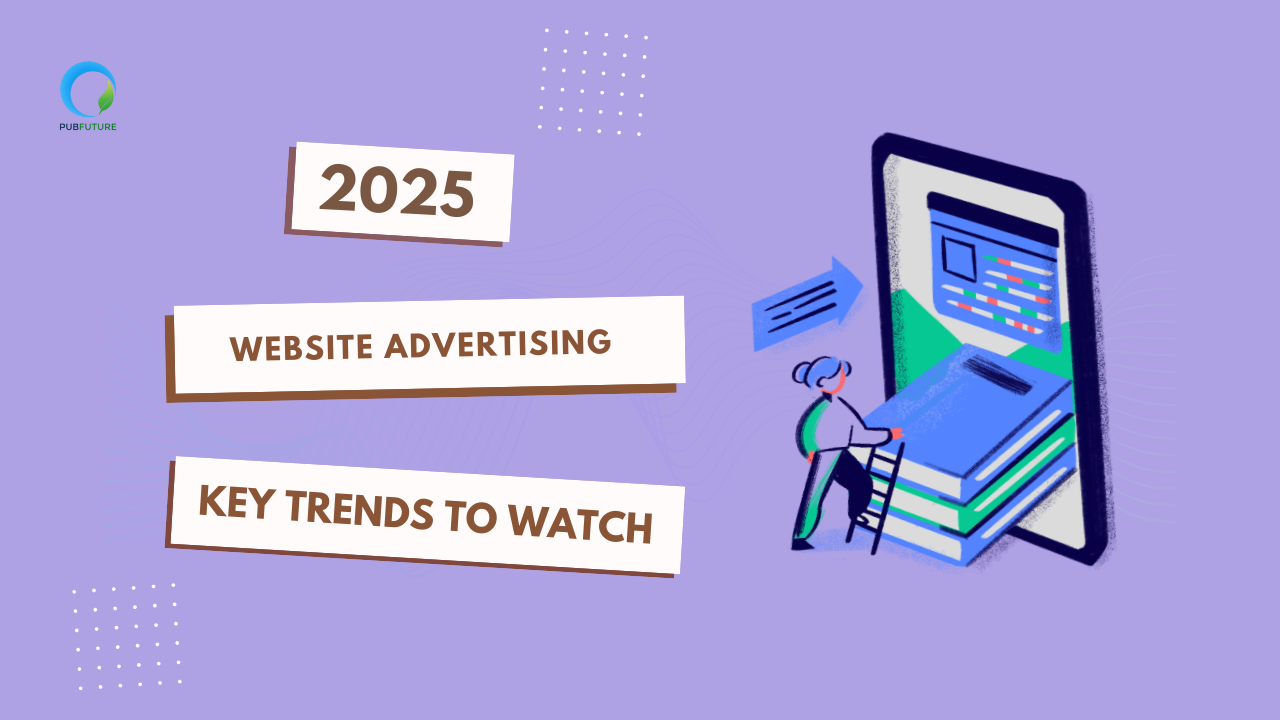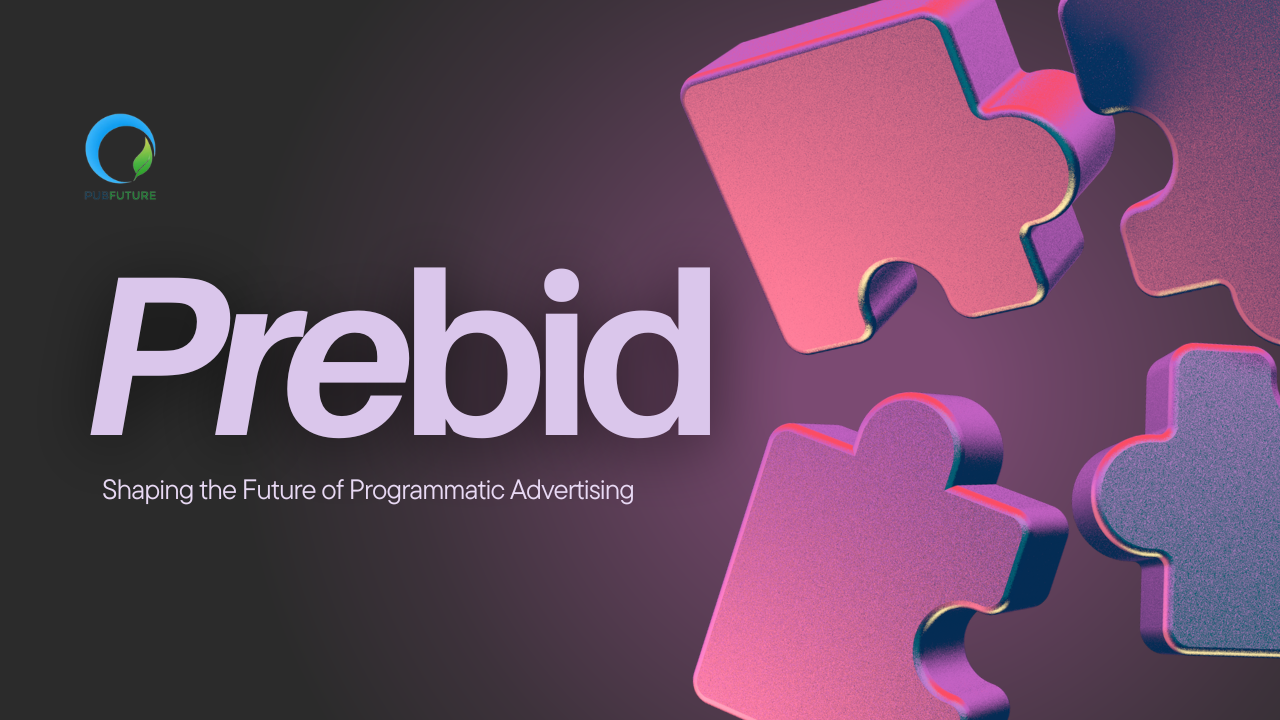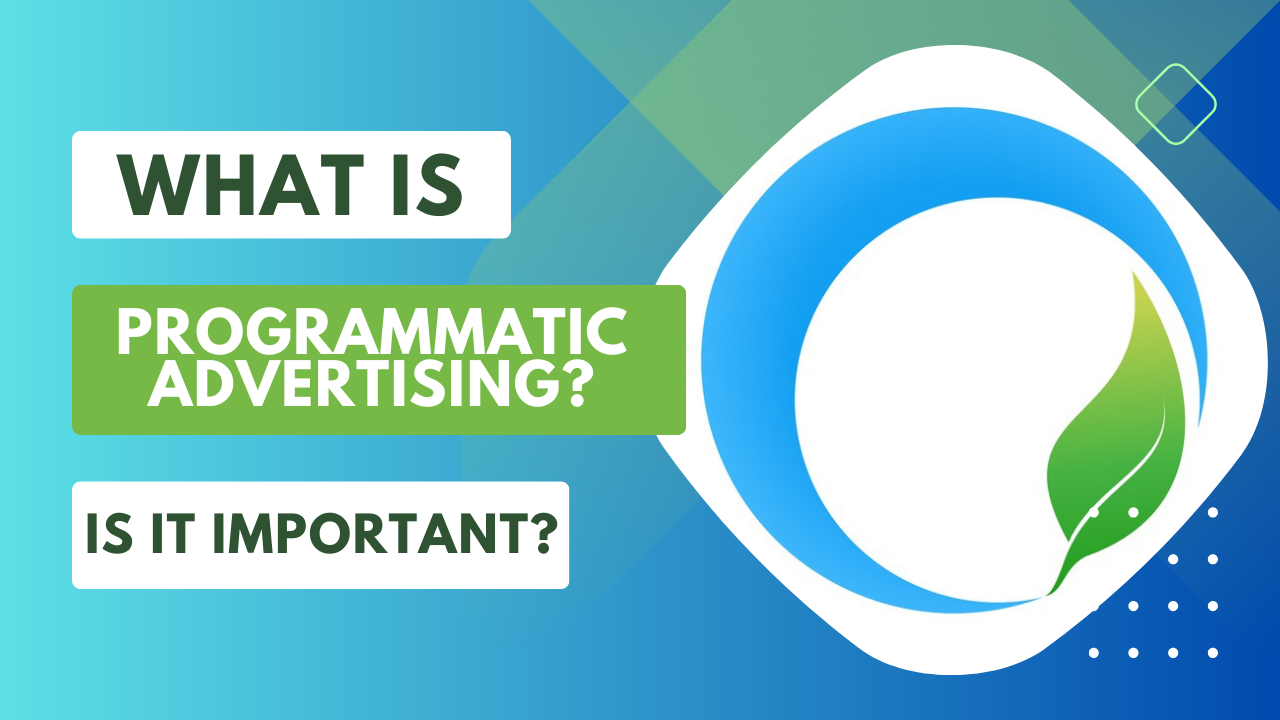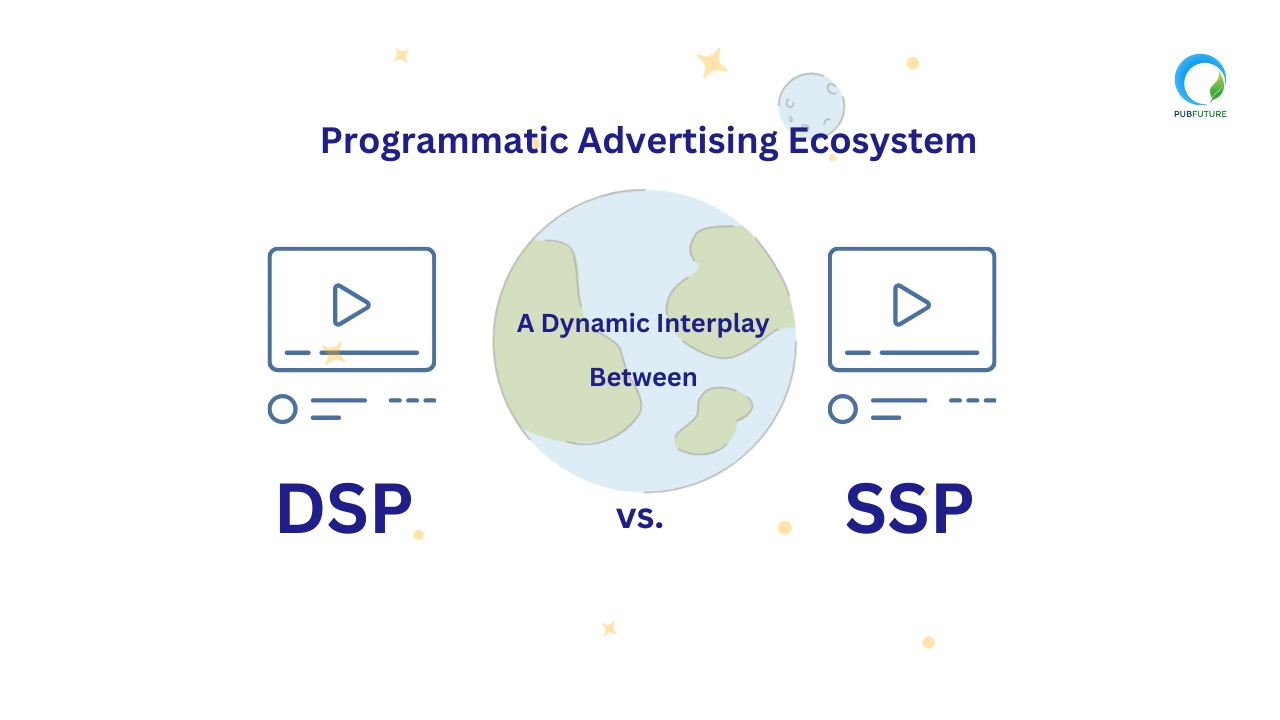The mobile advertising industry is rapidly changing, showing no signs of slowing down. By 2025, mobile programmatic advertising is projected to lead digital ad spending, fueled by advances in AI, more precise audience targeting, and new approaches to app monetization. Whether you’re a mobile app marketer, developer, or advertiser, keeping up with these trends is key to ensuring your campaigns remain relevant and successful.
This blog will highlight the key mobile programmatic advertising trends for 2025 to help you improve your app marketing strategies and boost your ROI.
1. AI-Powered Campaign Optimization for Mobile Programmatic in 2025:
Artificial Intelligence (AI) continues to revolutionize programmatic advertising. In 2025, AI’s role extends beyond automation to include:
- Predictive Analytics: Anticipating consumer behavior to optimize bidding strategies.
- Dynamic Creative Optimization (DCO): Automatically adjusting ad creatives based on user interactions.
- Fraud Detection: Identifying and mitigating fraudulent activities in real-time.
These AI-driven approaches enhance targeting precision and improve return on investment (ROI).
Related: AI Optimization in Programmatic Ads

2. Augmented Reality (AR) and Virtual Reality (VR) Integration
Immersive technologies like AR and VR are gaining traction in mobile advertising. By 2025, expect to see:
- Virtual Try-Ons: Allowing users to experience products in a simulated environment.WSJ
- Interactive Ads: Engaging users through gamified experiences.
- Enhanced Storytelling: Delivering narratives that captivate and inform.
These formats increase user engagement and brand recall.

3. 5G and Edge Computing
The widespread adoption of 5G networks and edge computing is set to transform mobile advertising by:
- Faster Load Times: Reducing latency for seamless ad delivery.
- Enhanced Personalization: Delivering real-time, context-aware ads.
- Improved User Experience: Supporting high-quality video and interactive content.
These advancements enable richer and more responsive ad experiences.

4. Cross-Device Targeting
As consumers use multiple devices throughout the day, cross-device targeting ensures consistent messaging by:
- Unified User Profiles: Tracking user behavior across devices.
- Consistent Messaging: Delivering cohesive ad experiences.
- Optimized Ad Spend: Allocating budgets based on device performance.
This approach enhances brand visibility and user engagement.
Related: Mobile Ads Best Practices 2025
5. Dynamic Creative Optimization (DCO)
DCO allows for real-time personalization of ad creatives, leading to: BMI
- Tailored Content: Adapting messages to individual user preferences.
- Increased Relevance: Delivering contextually appropriate ads.
- Higher Engagement Rates: Encouraging user interaction through personalized content.
Implementing DCO strategies can significantly improve campaign performance.
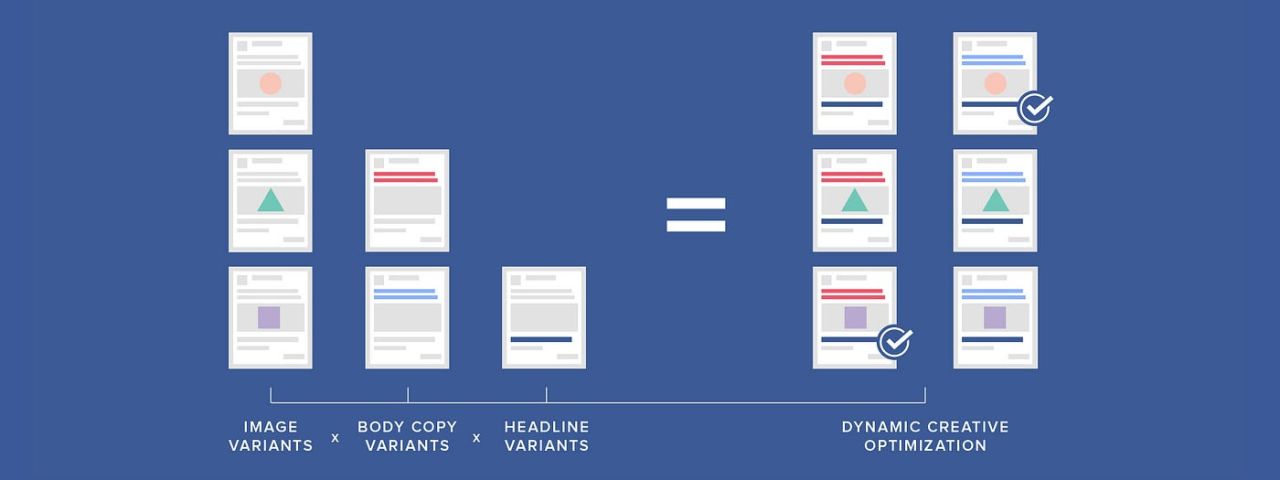
6. Predictive Analytics
Leveraging historical data and machine learning, predictive analytics enables advertisers to:
- Forecast Trends: Anticipating market shifts and consumer behavior.
- Optimize Bidding: Adjusting strategies based on predicted outcomes.
- Enhance Targeting: Identifying high-value audiences for precise ad delivery.
This proactive approach allows for more effective campaign planning.
7. Automation in Campaign Management
Automation tools are streamlining campaign processes by:
- Real-Time Adjustments: Modifying strategies based on live data.
- Resource Optimization: Allocating budgets and resources efficiently.
- Performance Monitoring: Tracking key metrics without manual intervention.
Embracing automation leads to more efficient and scalable advertising efforts.
8. Social Commerce Integration
Social media platforms are evolving into shopping destinations, with features like:
- Shoppable Posts: Allowing users to purchase directly from ads.
- Influencer Partnerships: Leveraging influencers to drive sales.
- Integrated Payment Systems: Facilitating seamless transactions within apps.
This integration bridges the gap between discovery and purchase.
9. User-Generated Content (UGC)
UGC is becoming a cornerstone of mobile advertising, offering:
- Authenticity: Building trust through genuine content.
- Engagement: Encouraging interaction and participation.
- Cost-Effectiveness: Reducing production expenses while maintaining quality.
Incorporating UGC into campaigns can enhance relatability and drive conversions.
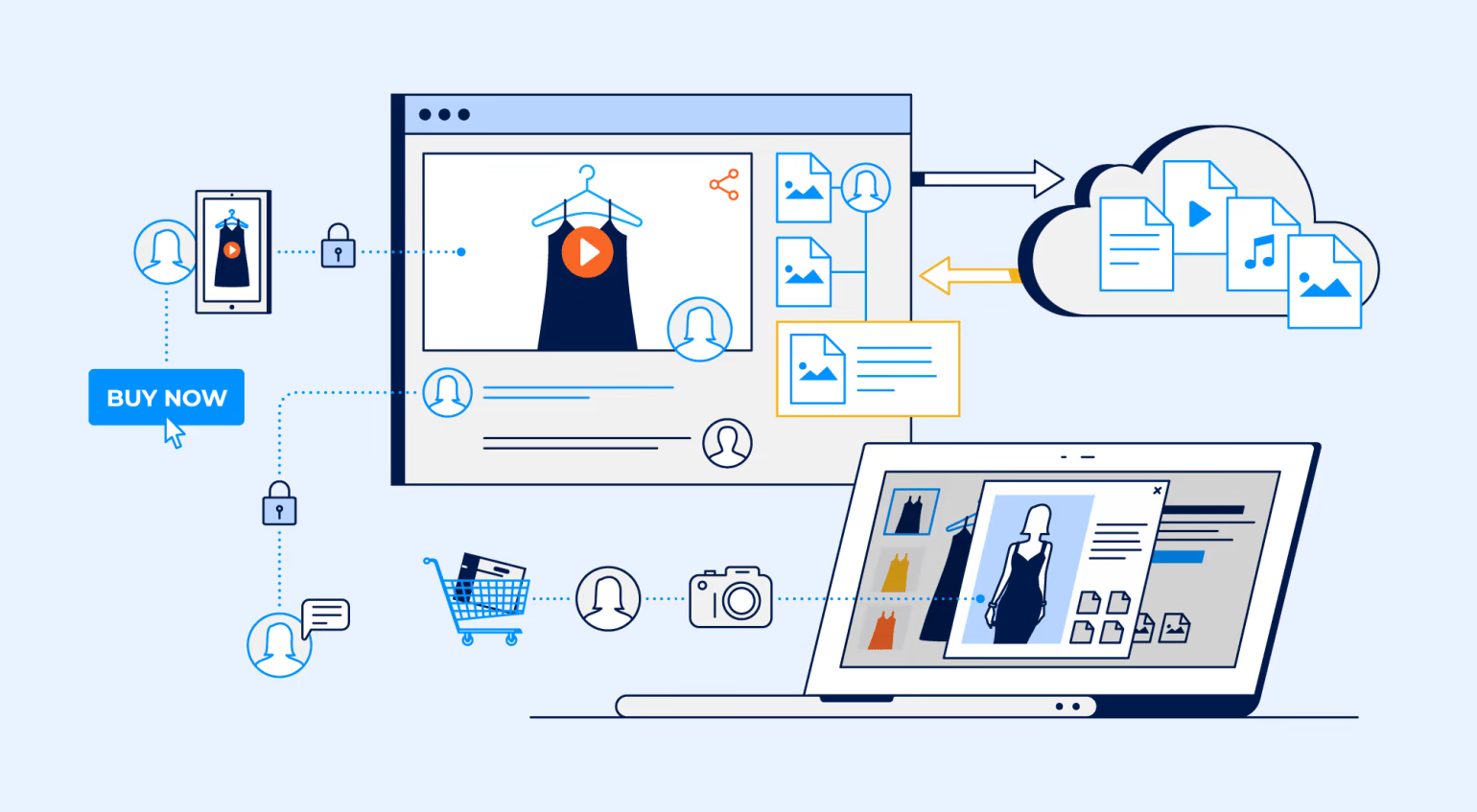
10. Enhanced Brand Safety and Transparency
With increasing concerns over ad placements, ensuring brand safety involves:
- Verified Platforms: Partnering with trusted ad networks.
- Transparent Reporting: Accessing detailed performance metrics.
Next Steps for Mobile App Marketers in 2025
Mobile programmatic in 2025 is not just about automation—it’s about smarter targeting, deeper personalization, and more immersive user experiences. From AI-driven bidding to AR-enhanced creatives, the evolution of mobile ads offers exciting potential for brands, publishers, and marketers alike.
To stay competitive, you’ll need to embrace innovation, monitor performance in real-time, and invest in platforms that provide transparency, efficiency, and adaptability. Whether your goal is to improve user acquisition, enhance ad monetization, or scale your campaigns, staying ahead of these trends will be the key to long-term success.
Ready to future-proof your mobile programmatic strategy?
👉 Sign up with PubFuture and discover how our advanced monetization tools and programmatic solutions can help you drive growth in 2025 and beyond.
Which trend are you most excited to explore this year? Let us know—we’re here to help you build a smarter strategy.




